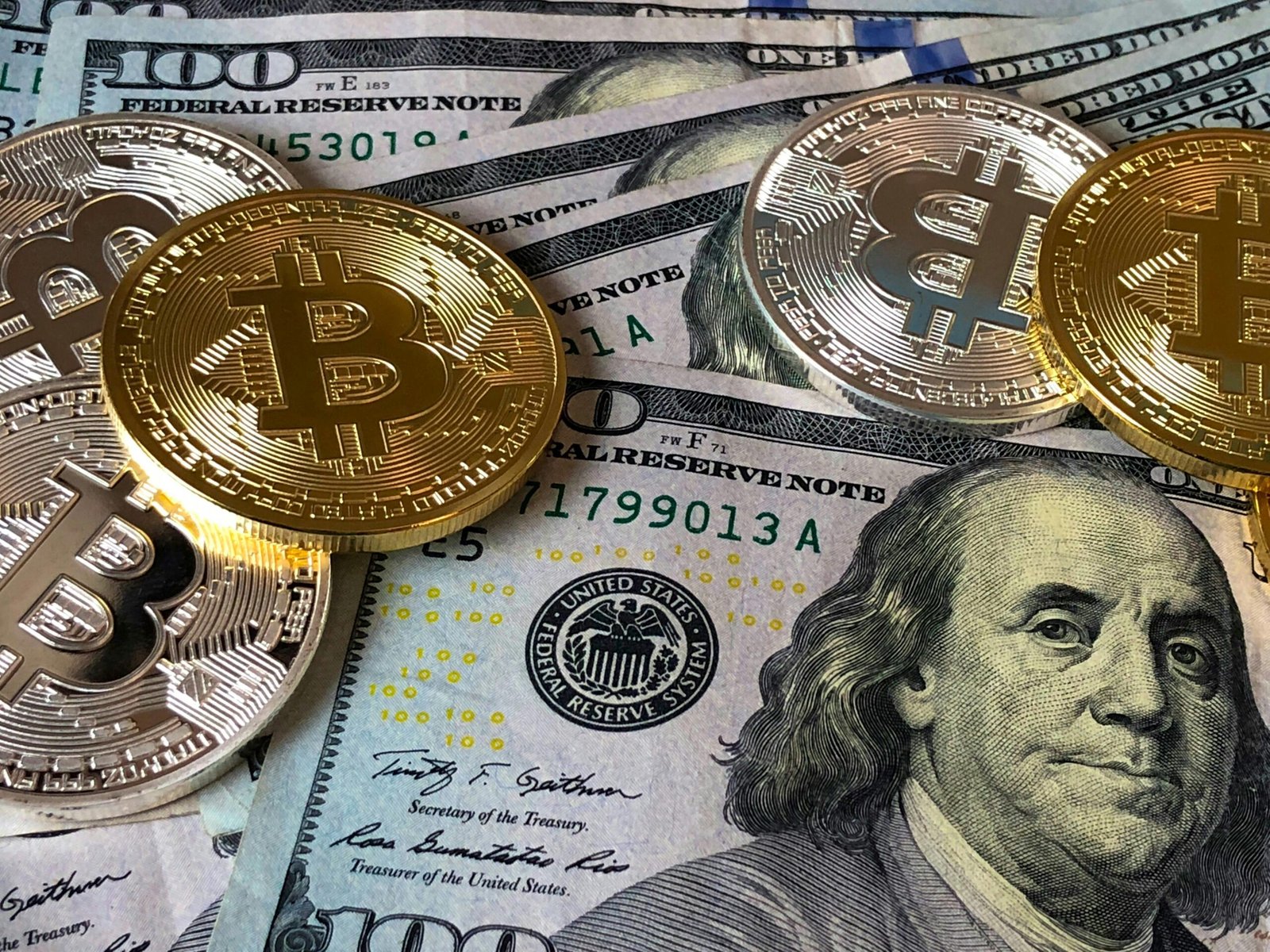Introduction
What Is Money Made Of? Money serves as a symbol of trust, economic stability, and national identity in addition to being a means of commerce. While the concept of money has evolved over millennia, its physical forms have undergone significant transformations. Let’s explore what money is made of, from traditional coins and paper notes to modern digital currencies.
The Evolution of Money
Barter System
Before money, people relied on the barter system, exchanging goods and services directly. However, this system had limitations, such as the need for a double coincidence of wants.
The Introduction of Coins
Around 600 BCE, the first coins appeared in Lydia (modern-day Turkey). Made from electrum, a natural alloy of gold and silver, these coins standardised value and facilitated trade.
Paper Money Emergence
China introduced the first paper money during the Tang Dynasty (618-907 CE). Lightweight and convenient, paper notes eventually spread to other parts of the world, revolutionizing commerce.
Modern Currency Materials
Paper Money
What Is Money Made Of: Contrary to its name, modern paper money is rarely made from standard paper. Rather, it’s made from a cotton and linen blend that gives it a unique texture and durability.
Polymer Notes
An increasing number of countries are adopting polymer banknotes. Made from synthetic materials, these notes are more durable and secure than traditional paper money.
Coins
What Is Money Made Of: Copper, nickel, and zinc are just a few of the metals commonly found in modern coinage. The specific composition varies by country and denomination.
The Science Behind Paper Money
Cotton and Linen Blend
Most banknotes are made from a mixture of 75% cotton and 25% linen. This blend makes the notes more durable and resistant to wear and tear compared to standard paper.
Security Features
Paper money includes numerous security features to prevent counterfeiting. These features can include watermarks, security threads, color-shifting ink, and more.
Polymer Banknotes: The Future of Money?
Advantages of Polymer
What Is Money Made Of: Banknotes made of polymer are more resilient, water-resistant, and ecologically friendly. They also offer enhanced security features, making them harder to counterfeit.
Countries Using Polymer Notes
What Is Money Made Of: Countries like Australia, Canada, and the UK have adopted polymer banknotes. These notes have a longer lifespan and are more cost-effective over time.
Metal Composition of Coins
Common Metals Used
Coins are typically made from base metals like copper, nickel, and zinc. Higher denominations might contain precious metals like silver or gold, especially in commemorative editions.
Special Commemorative Coins
Commemorative coins are typically composed of more valuable metals and have distinctive designs.They celebrate significant events, anniversaries, or historical figures.
Digital Money: A New Era
Cryptocurrencies
Cryptocurrencies like Bitcoin and Ethereum represent a digital form of money. These decentralized currencies rely on blockchain technology for secure transactions.
Electronic Payments
The use of real cash has decreased as a result of the widespread adoption of electronic payments, which include credit cards, online banking, and smartphone payments.
The Manufacturing Process
Designing Currency
What Is Money Made Of: Designing currency involves multiple stages, including conceptual design, security feature integration, and approval from monetary authorities.
Printing and Minting
Once designed, banknotes are printed using specialized presses, while coins are minted using dies to imprint designs onto metal blanks.
Security Measures in Currency Production
Watermarks
Watermarks are images embedded into the paper during the manufacturing process. They are visible when held up to the light and difficult to counterfeit.
Holograms
Holograms provide a three-dimensional appearance and change when viewed from different angles. They are often used on higher denomination notes.
Microprinting
Microprinting involves printing tiny text on banknotes, which is difficult to replicate without specialized equipment.
Environmental Impact of Money Production
Sustainability Concerns
What Is Money Made Of: The production of money has environmental impacts, including resource consumption and pollution. There is an attempt to lessen these effects.
Recycling Efforts
Some countries have implemented recycling programs for old banknotes and coins, repurposing materials for new currency production.
Collectible and Rare Money
Historical Significance
Certain coins and banknotes have historical significance, making them valuable to collectors. These items often reflect important events or eras.
Value of Rare Coins and Notes
The condition, rarity, and historical significance of rare coins and notes can determine their auction value, which can lead to high prices.
Conclusion: What Is Money Made Of?
What Is Money Made Of: In all of its manifestations, money is essential to human society.The materials and processes used to make money have changed dramatically over time, from ancient coins to contemporary polymer notes and digital currencies. Knowing the materials that make up money sheds light on its dependability, security, and worth while exposing the complex procedures that go into making this necessary daily item.
Frequently Asked Questions
Q:1 Why isn’t paper money made from regular paper?
A:1 Regular paper is too fragile and would wear out quickly. The cotton and linen blend used in banknotes makes them more durable and resistant to tearing and damage.
Q:2 What is the advantage of polymer banknotes over traditional paper notes?
A:2 Polymer banknotes are more durable, water-resistant, and harder to counterfeit. They also have a longer lifespan, making them more cost-effective over time.
Q:3 Are all coins made from the same metals?
A:3 No, the metals used in coins vary by country and denomination. Common metals include copper, nickel, and zinc, while some commemorative coins may contain silver or gold.
Q:4 How do cryptocurrencies differ from traditional money?
A:4 Cryptocurrencies are digital and decentralized, relying on blockchain technology for secure transactions. Unlike traditional money, they are not issued by governments or central banks.
Q:5 What are some common security features in paper money?
A:5 Common security features include watermarks, security threads, color-shifting ink, holograms, and microprinting. These features help prevent counterfeiting.
Q:6 Can old banknotes be recycled?
A:6 Yes, many countries have recycling programs for old banknotes. The materials can be repurposed for new currency production or other uses.
See More


